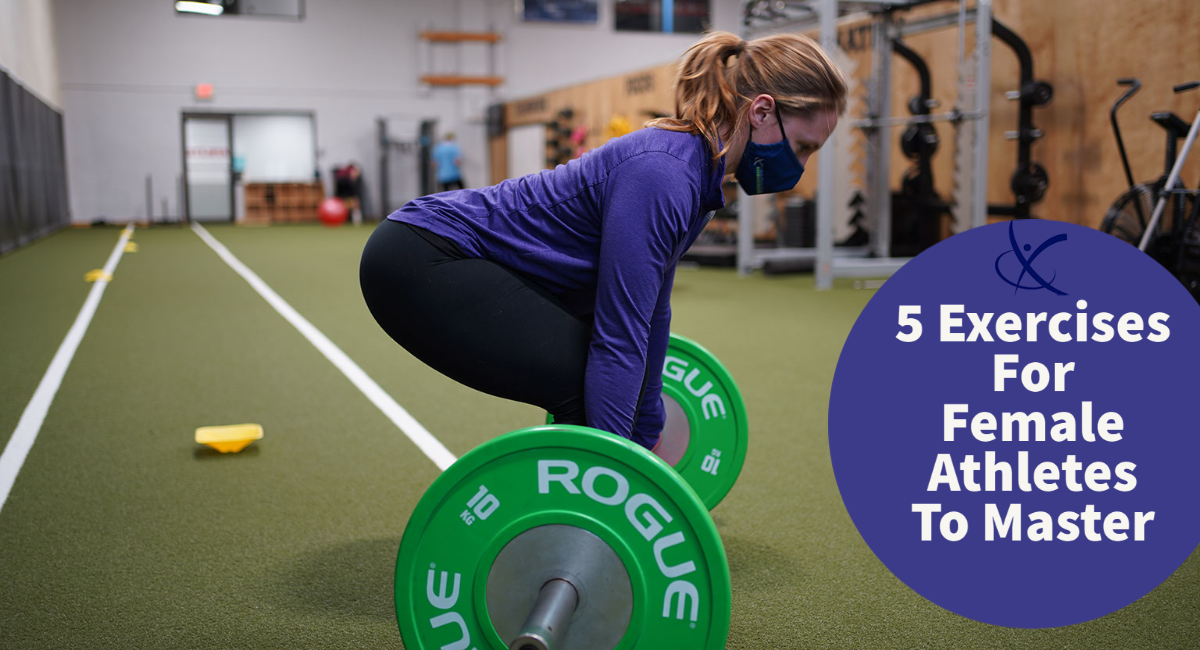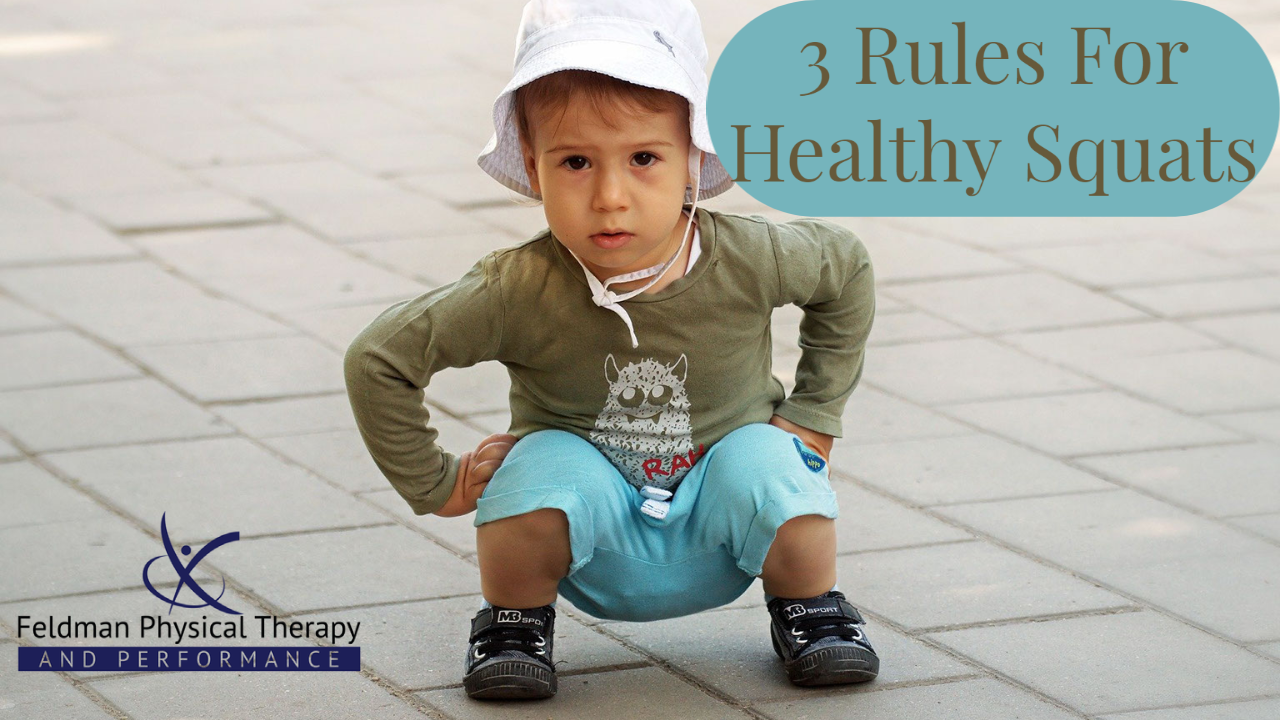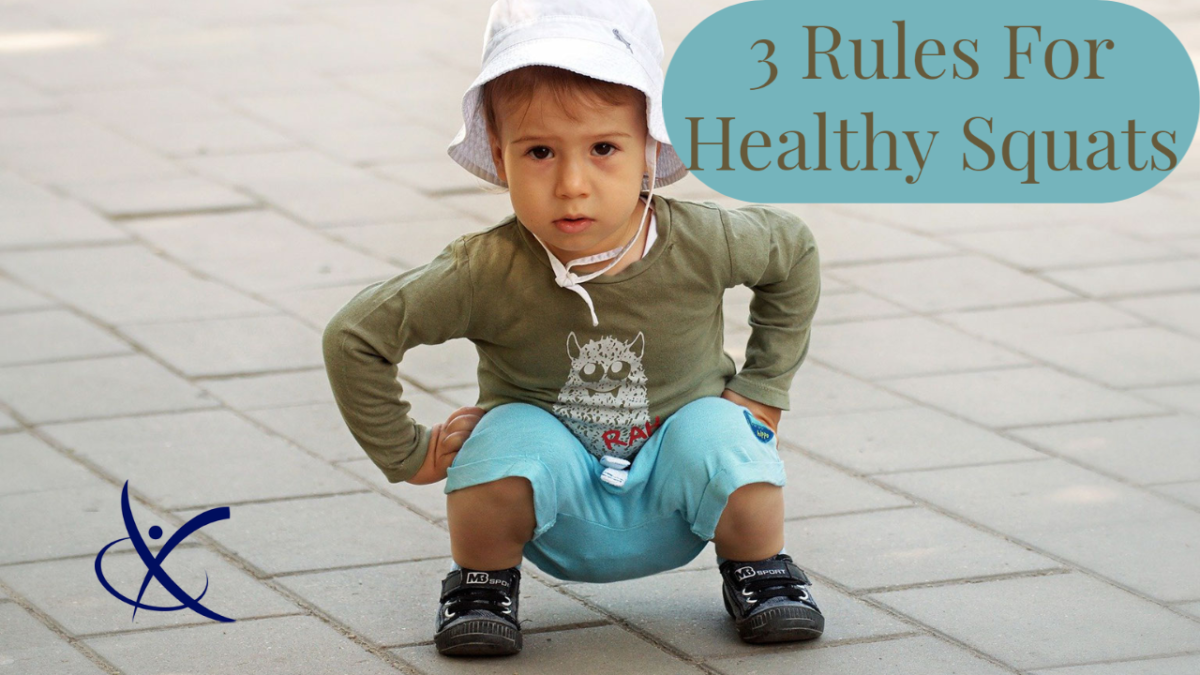
5 Exercises For Females To Master
February 1, 2021
FC Malaga City NY – Hudson Valley Soccer Academy
February 8, 2021Your Knees Can Go Over Your Toes
3 Rules For Healthy Squatting
 There aren’t many things I wish for, but boy do I wish I had a dollar for every time I heard someone say your knees shouldn’t go in front of your toes when squatting. Plain and simple, that’s a myth that has been circulating for longer than I’ve been obsessed with pizza. So why the perpetuated lie? My guess is just a lack of knowledge and the fact that people love a good boogeyman. And for squats, the knees are definitely a scapegoat. But seriously, take a look at any front squat in the Olympics and you’ll see what the knees can do.
There aren’t many things I wish for, but boy do I wish I had a dollar for every time I heard someone say your knees shouldn’t go in front of your toes when squatting. Plain and simple, that’s a myth that has been circulating for longer than I’ve been obsessed with pizza. So why the perpetuated lie? My guess is just a lack of knowledge and the fact that people love a good boogeyman. And for squats, the knees are definitely a scapegoat. But seriously, take a look at any front squat in the Olympics and you’ll see what the knees can do.
The first thing we have to do is break down different types of squats. For simplicity’s sake, we’ll discuss front-loaded and back-loaded variations. Then, regardless of the variation, there are three basic rules to implement for all squats:
- Foot Flat Contact
- Neutral Spine
- Bar/Resistance travels in a straight line directly over the middle of your foot
The first two rules are fairly intuitive and the third deals with ensuring the center of mass stays where it needs to be. Rule number 3 is also the reason that front-loaded squats have very different requirements from your body compared to its back loaded counterparts. That’s right, your body will do very different things when performing a front squat vs a back squat. And this is why your knees most definitely do not need to stay behind your toes.
Front squats place one demand on your body while back squats place a definitively different demand on your body. Both will require motion from your torso, hips, knees, and ankles, but the contribution from each changes from one to the next. This is where rule number 3 comes into play. This all has to do with the bar/weight position relative to your torso. In order for a person to back squat and abide by all 3 rules, their hips will move farther posterior than their knees will move forward. This is often labeled a “hip dominant” squat variation. In order for the bar to stay in the vertical line above the midfoot, the torso must lean slightly forward and the hips end up shifting back more. Conversely, when a person has the resistance/weight in front of their torso, the center of mass is already anterior to the body and thus the torso doesn’t have to move quite so much. In fact, it has to stay more vertical (compared to a back squat) and the knees will end up moving much farther forward than previously discussed during a back squat. This is often why the front squat is called a “quad dominant” squat variation.
It does get tough without visuals, so please refer to these pictures for reference to the vertical line position. Once you see the different body positions it becomes a bit more clear as to why the knees can and must move farther forward during a front squat. The upright torso demands of the front squat (because of rule #3) require more knee and ankle motion in order to keep the body safe. And as long as Rule #1 stays in place, there is no unnecessary stress on the knees. This is another discussion to deal with lifting shoes, and also the “wrapping effect” at the knee. Ultimately, lifting shoes help keep the ankle in a mechanically advantageous position to stay safe from the ground up, and in order to protect the knees you must squat lower; shallow squats are actually worse for your knees than deeper ones. Once again, counterintuitive and goes against everything people have been saying. I’m just as shocked as you are. ::wink face::
If you have any questions, you know where to find us. Happy Training!





